What is Romanticism?

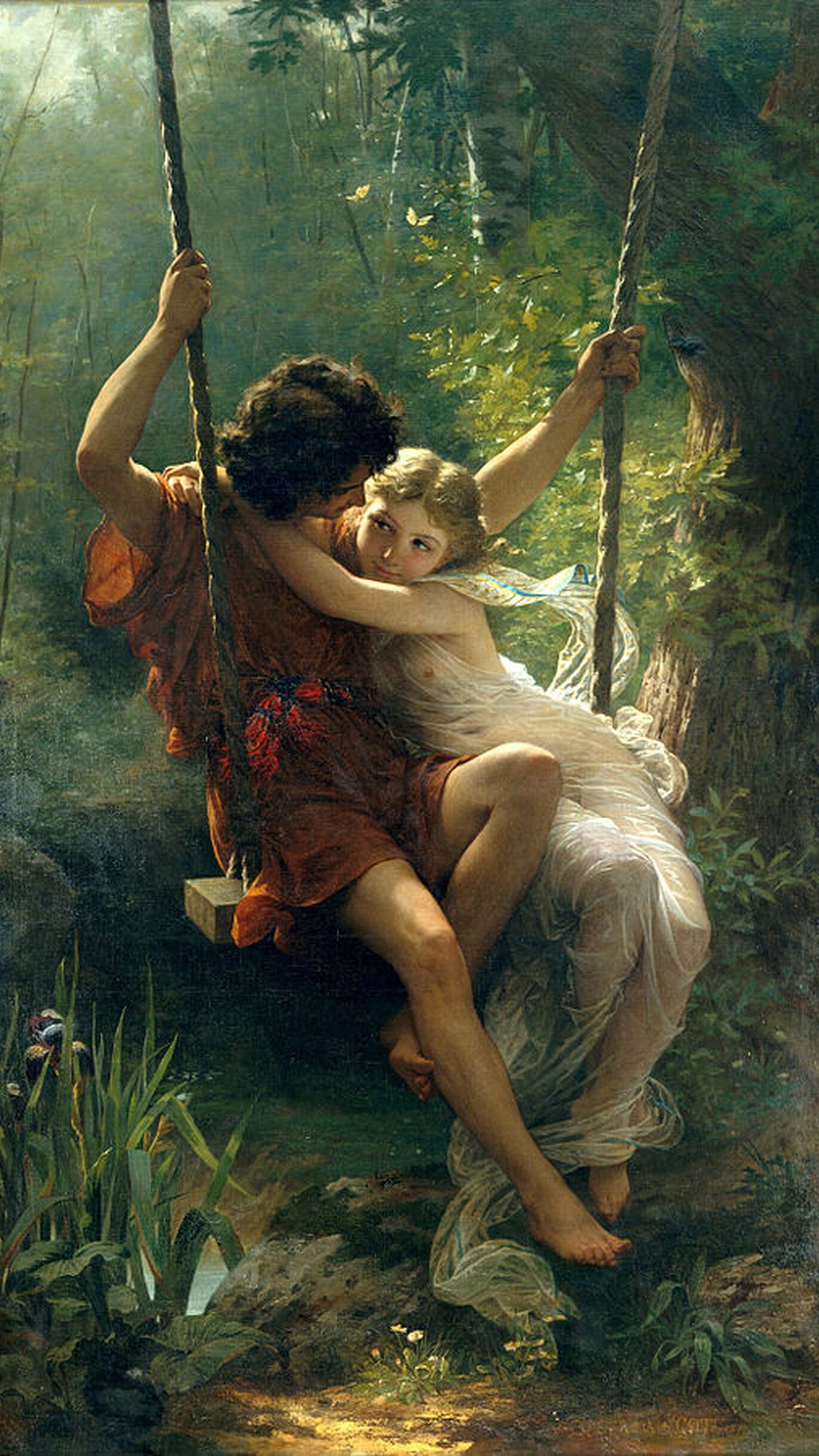
Romanticism was a cultural movement that emerged in the late 18th century, emphasizing emotion, imagination and the beauty of nature. It celebrated individualism and intuition, often challenging the rational ideals of the Enlightenment. Romanticism sought to express the deep and mysterious aspects of human experience and the natural world. The ideals of Romanticism emphasise the beauty and power of nature, portraying it as wild and sublime. While exploring the supernatural, Romantics also rebel against societal norms and industrialisation. The Enlightenment was an intellectual and cultural movement in the 17th and 18th centuries that emphasized reason, science, individual rights and scepticism of traditional authority. Romanticism was a reaction against this as well as the Industrial Revolution. Romantic thinkers saw the Enlightenment as cold and dehumanizing with the Industrial Revolution having a major impact on Romanticism by fuelling its emphasis on nature, emotion and individualism. As industrialisation led to rapid urbanization and harsh working conditions, many Romantics reacted by idealising nature and rural life.
John Constable
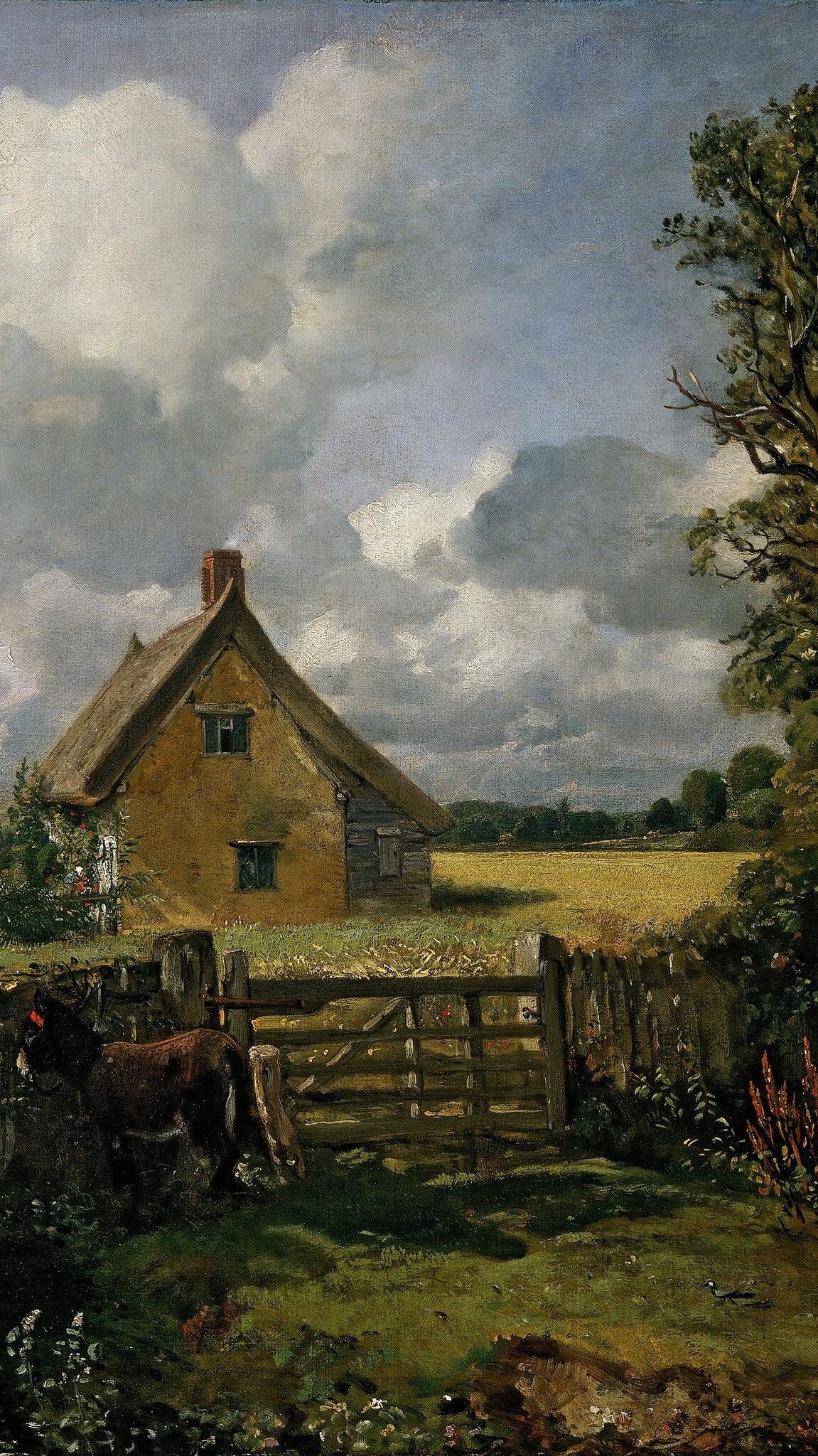

John Constable who lived in 1776-1837 was an English landscape painter in the Romantic tradition. Born in Suffolk, he is known for revolutionising the genre of landscape painting with his pictures of Dedham Vale, the area surrounding his home which he invested with an intensity of affection. Although his paintings are now among the most popular and valuable in British art, he was never financially successful. His work was embraced in France, where he sold more than in England. ‘The Cornfield’, one of Constable’s most famous painting, is seen on the right. The painting may appear to be traditional and mundane to the modern eye, however back when it was created it was seen as it was new and radical with Constable being ambitious. This painting is personal to him, especially with his father being a land owner, and therefore captures a nostalgic memory of the place. Landscapes were not a popular concept at the time with this considered to be a classical landscape despite the painting having a lack of finish which contrasted the usual strive for perfection of this era. Historically, this painting lies in a time of economic stresses and unemployment among workers with the land being fraught thanks to tension from industrial revolution. The painting, however, is removed from this tension with Constable managing to create beauty in a low moment while building a subtle political undercurrent with the farmers in the back being one with nature. In terms of composition, area of the canvas is given over to the sky with an arch across the foreground leading to parts of the painting. The red accents balance out the green colours with the rough textures of the painting allowing for viewers to really be able to feel the water.
What is The Sublime?
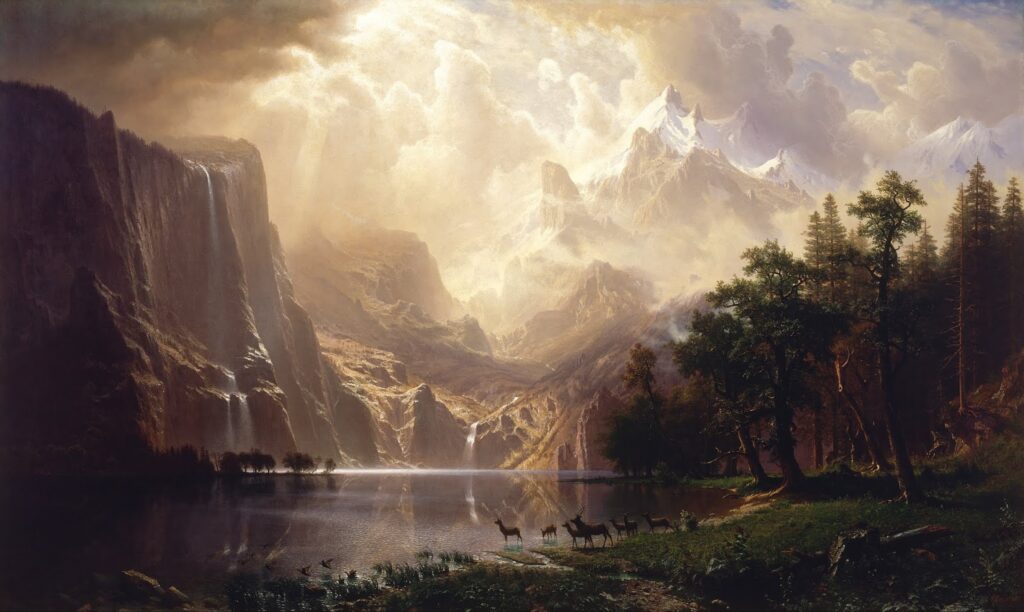
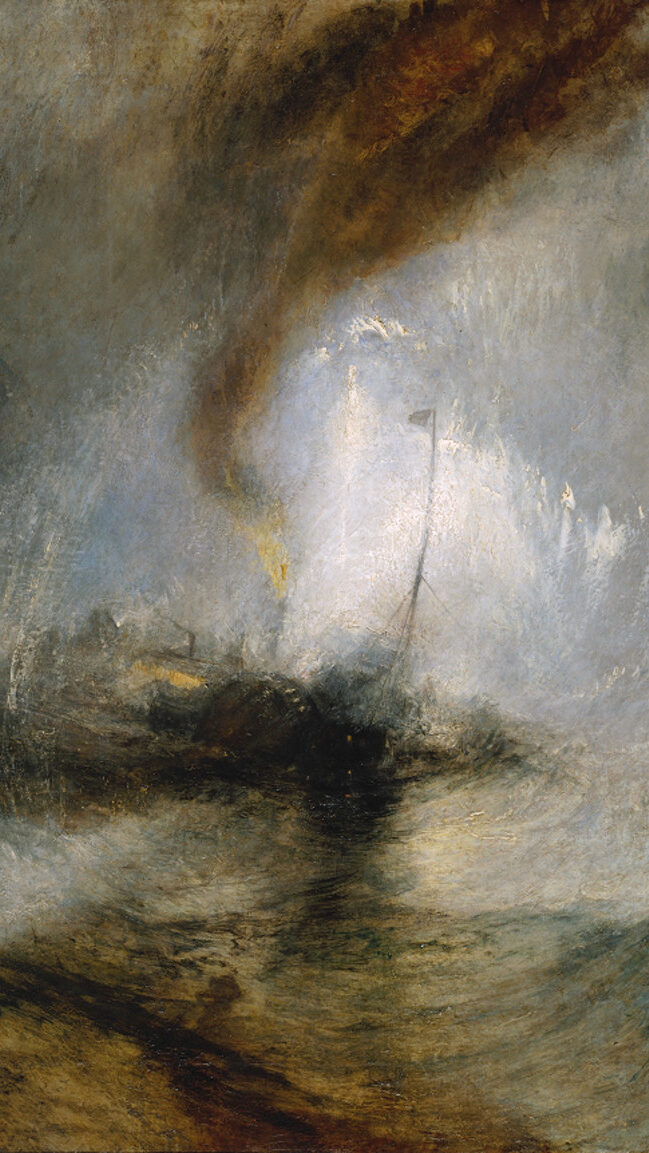
The sublime is a concept in aesthetics that refers to experiences that evoke both awe and terror, often in the face of nature’s vastness or power. It was popularised by philosophers like Edmund Burke who describes the sublime as something that creates a sense of overwhelming danger, stating ‘whatever is fitted in any sort to excite the ideas of pain and danger, that is to say, whatever is in any sort terrible, or is conversant about terrible objects, or operates in a manner analogous to terror, is a source of the sublime’. In terms of landscapes, the sublime is often depicted through untamed and dramatic scenery like towering mountains, deep chasms, violent storms and endless deserts. These places inspire both fear and admiration, making humans feel small compared to the immensity of nature. Romantic painters captured this feeling by portraying lone figures standing before wild landscapes to emphasise the contrast between human fragility and nature’s overwhelming power. An avalanche, for example, can be dangerous and uncontrollable yet also possess a certain beauty that captivates the human mind. The ocean is a perfect example of the sublime with it being deep and unknowable, evoking both fascination and fear. Calm seas can be peaceful and beautiful, but a stormy ocean with crashing waves and howling winds can make people feel powerless before its might. The ocean’s ability to inspire both awe and fear captures the essence of the sublime.
Joseph Mallord William Turner
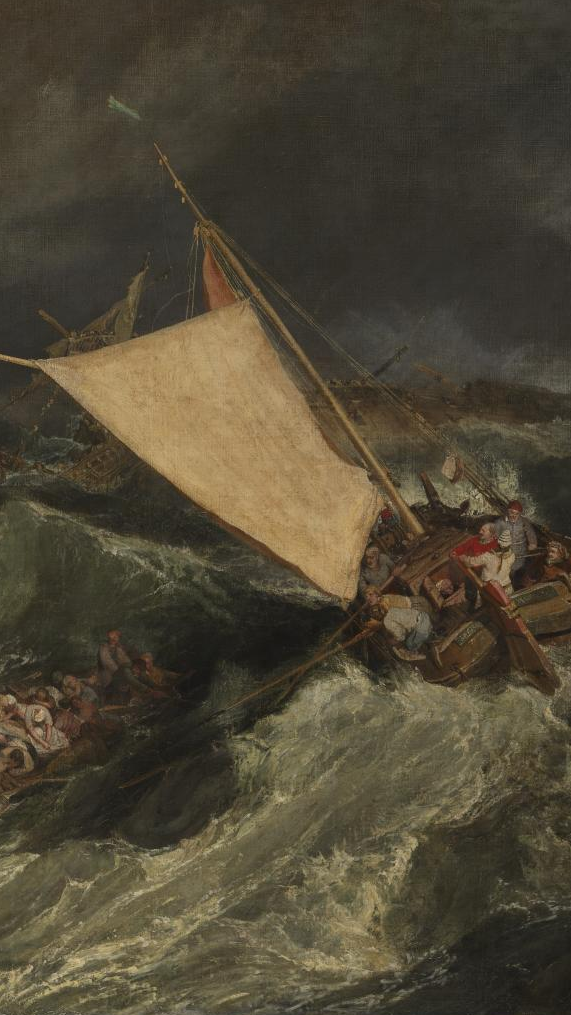
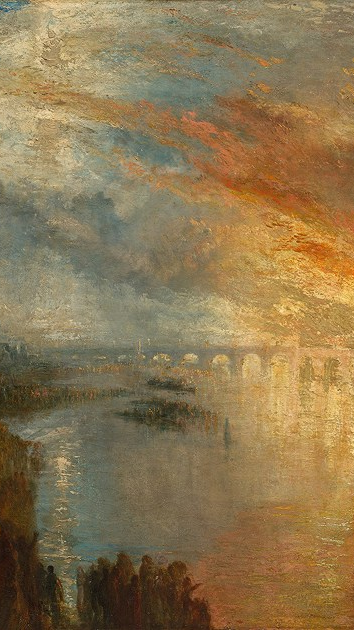
Joseph Mallord William Turner was a leading figure in the Romantic movement of the late 18th century through to the 19th. For Turner, psychological expression and the liberation of the imagination were of importance in his work. He achieved these goals by painting extreme contrasts of intense light and gloomy clouds with energetic brushstrokes. He created many oil paintings and watercolours portraying compelling forces which also served as settings for historical and modern dramas. He captured events such as the slow creep of glaciers in the Alps, the sudden fall of an avalanche and the swell of the ocean. Human transition is presented also, with images of steamships and other suggestions of industry building the ascendant machine age.
